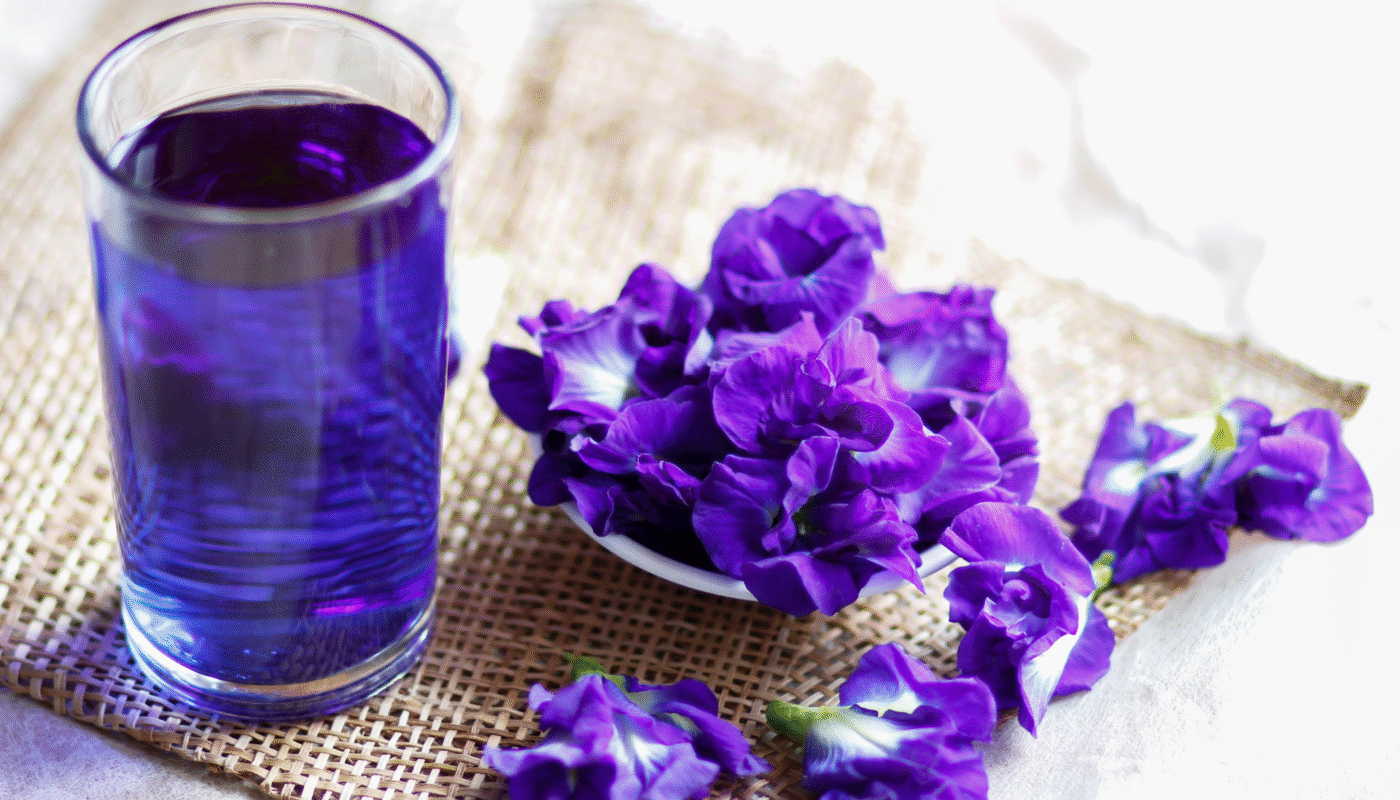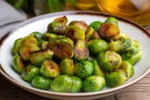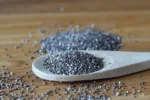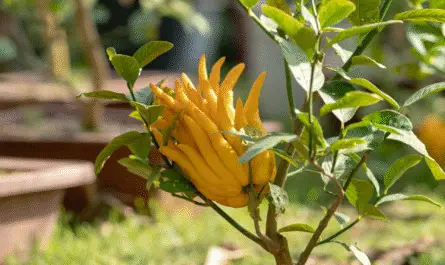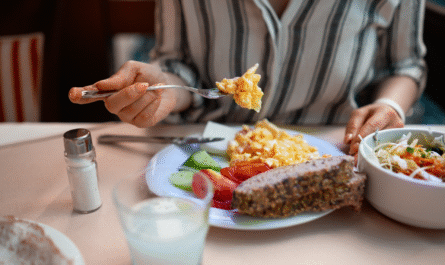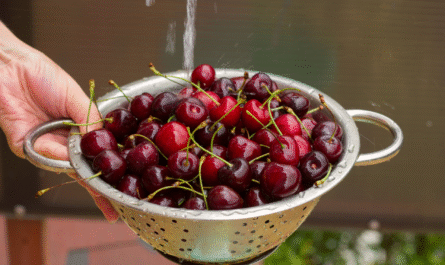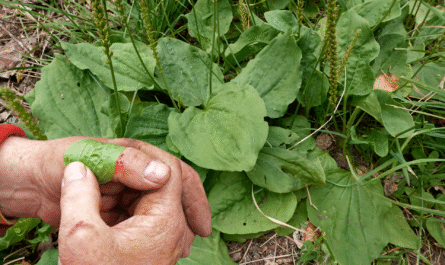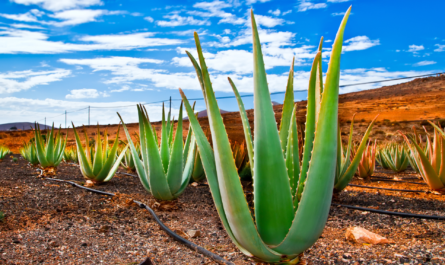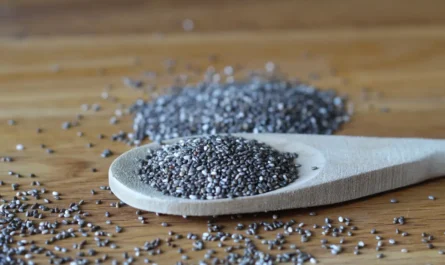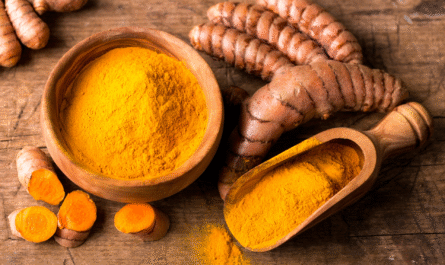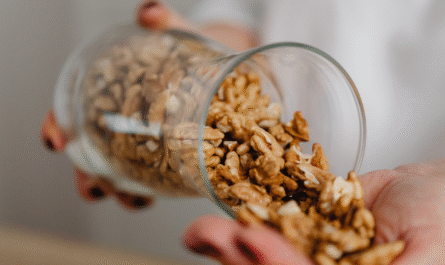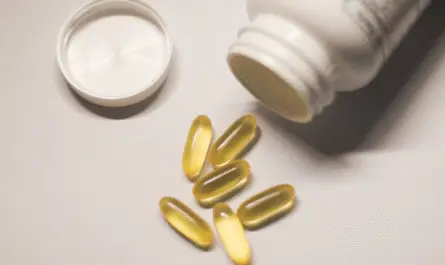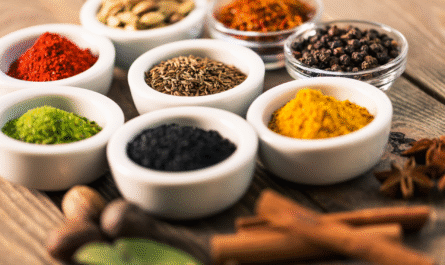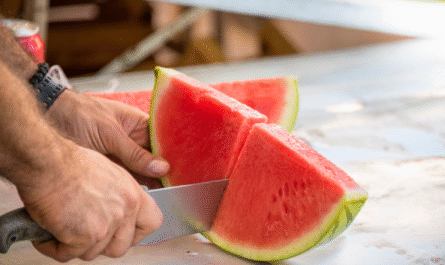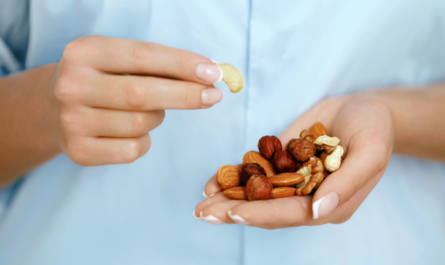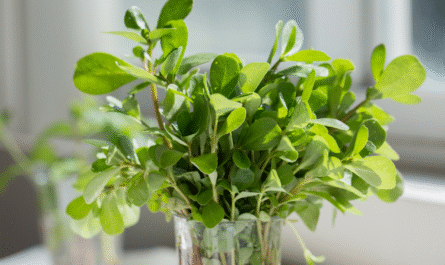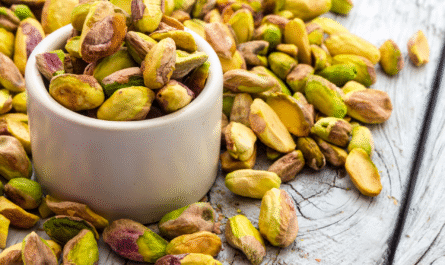Health benefits of butterfly pea flower are gaining attention across wellness circles and herbal medicine communities for good reason. Native to Southeast Asia, the butterfly pea flower (Clitoria ternatea) has been used for centuries in Ayurvedic and traditional Chinese medicine.
Beyond its stunning indigo-blue hue when steeped, this flower packs a host of therapeutic properties supported by both ancient wisdom and modern research.
1. Powerful Antioxidant Properties
Butterfly pea flower is rich in anthocyanins, particularly a compound called ternatin, which gives the flower its signature blue color. These compounds are potent antioxidants that help neutralize harmful free radicals in the body.
Oxidative stress caused by free radicals is linked to premature aging, inflammation, and chronic diseases like cancer, diabetes, and cardiovascular conditions.
By incorporating butterfly pea flower into your routine, you may reduce oxidative stress and protect cellular integrity. This antioxidant defense helps the body combat environmental toxins, poor diet, and everyday stressors. As a tea, extract, or powder, butterfly pea flower works to strengthen your internal shield.
Moreover, studies suggest that the antioxidants in butterfly pea flower may be more stable than those in many fruits and vegetables. This makes it a valuable addition to your wellness regimen, especially if you’re looking to increase your antioxidant intake without relying solely on traditional sources like berries or leafy greens.
2. Cognitive Enhancement and Brain Health
The neuroprotective potential of butterfly pea flower is one of its most intriguing health benefits. Research indicates that it may enhance memory, reduce stress-induced cognitive decline, and even support long-term brain health. The key lies in its ability to increase acetylcholine levels in the brain—a neurotransmitter essential for learning and memory.
Traditional Ayurvedic medicine has used Clitoria ternatea as a “medhya rasayana,” meaning a substance that rejuvenates the intellect. It has been prescribed for boosting concentration and calming the mind. Modern studies on animal models have confirmed these effects, showing promise for people struggling with memory issues or age-related cognitive decline.
Furthermore, butterfly pea flower’s adaptogenic qualities help the brain handle stress more effectively. Regular consumption may reduce the negative impact of cortisol, the stress hormone, on your mental performance. For students, professionals, and older adults alike, butterfly pea flower is emerging as a natural nootropic.
Also Read: 9 Health Benefits of Beetroots According to Experts
3. Anti-inflammatory and Pain Relief Benefits
Inflammation is the root of many chronic conditions, from arthritis to autoimmune diseases. One of the lesser-known but powerful health benefits of butterfly pea flower is its natural anti-inflammatory capability. Studies have shown that its flavonoids and triterpenoids reduce inflammatory markers and may alleviate symptoms related to joint pain and muscular discomfort.
The flower’s compounds can inhibit the synthesis of pro-inflammatory enzymes like COX-2, similar to how NSAIDs (non-steroidal anti-inflammatory drugs) work. But unlike NSAIDs, butterfly pea flower doesn’t carry the same risk of gastrointestinal side effects, making it a safer alternative for long-term use.
Whether you drink it as a tea or take it as a supplement, butterfly pea flower may serve as a gentle, plant-based way to reduce swelling and discomfort. It’s particularly beneficial for athletes, older adults, and anyone dealing with chronic inflammatory issues.
4. Blood Sugar Regulation and Diabetes Support
Managing blood sugar levels is crucial for overall health, particularly for individuals with insulin resistance or diabetes. Butterfly pea flower has shown promising effects in helping regulate glucose levels and improve insulin sensitivity. Animal studies have demonstrated that it can reduce fasting blood sugar and post-meal glucose spikes.
The flower contains compounds that slow the digestion and absorption of carbohydrates, leading to a more gradual rise in blood sugar. This glycemic control mechanism makes it a supportive dietary addition for those with type 2 diabetes or metabolic syndrome. When combined with a balanced diet, butterfly pea flower may contribute to better glycemic control.
Additionally, its antioxidant and anti-inflammatory properties support pancreatic health, the organ responsible for insulin production. Regular consumption could potentially reduce the risk of developing diabetes complications such as neuropathy, retinopathy, and cardiovascular disease.
5. Skin and Hair Health Boost
Butterfly pea flower is increasingly finding its way into skincare and haircare products due to its beautifying effects. Rich in antioxidants, it helps fight free radical damage on the skin, reducing signs of aging like wrinkles, fine lines, and age spots. Topical applications or internal consumption may improve skin elasticity and hydration.
Its anti-glycation properties prevent sugar molecules from binding to collagen, a major cause of skin aging. As a result, the skin maintains a firmer, more youthful appearance over time. Butterfly pea flower is also known to support collagen production, which is vital for maintaining healthy skin structure.
When it comes to hair, butterfly pea flower stimulates blood flow to the scalp, strengthening hair follicles and promoting growth. It contains bioflavonoids that not only reduce dandruff and dryness but may also prevent premature graying. Incorporating it into your haircare routine as a rinse or supplement can enhance shine, thickness, and overall scalp health.
Nutritional Composition of Butterfly Pea Flower
Nutrient Amount per 100g (dried form) Energy 280 kcal Protein 16 g Carbohydrates 40 g Dietary Fiber 18 g Fat 2 g Anthocyanins (Ternatin) 2,000 mg Vitamin A 50 IU Vitamin C 80 mg Iron 6 mg Calcium 120 mg Magnesium 90 mg
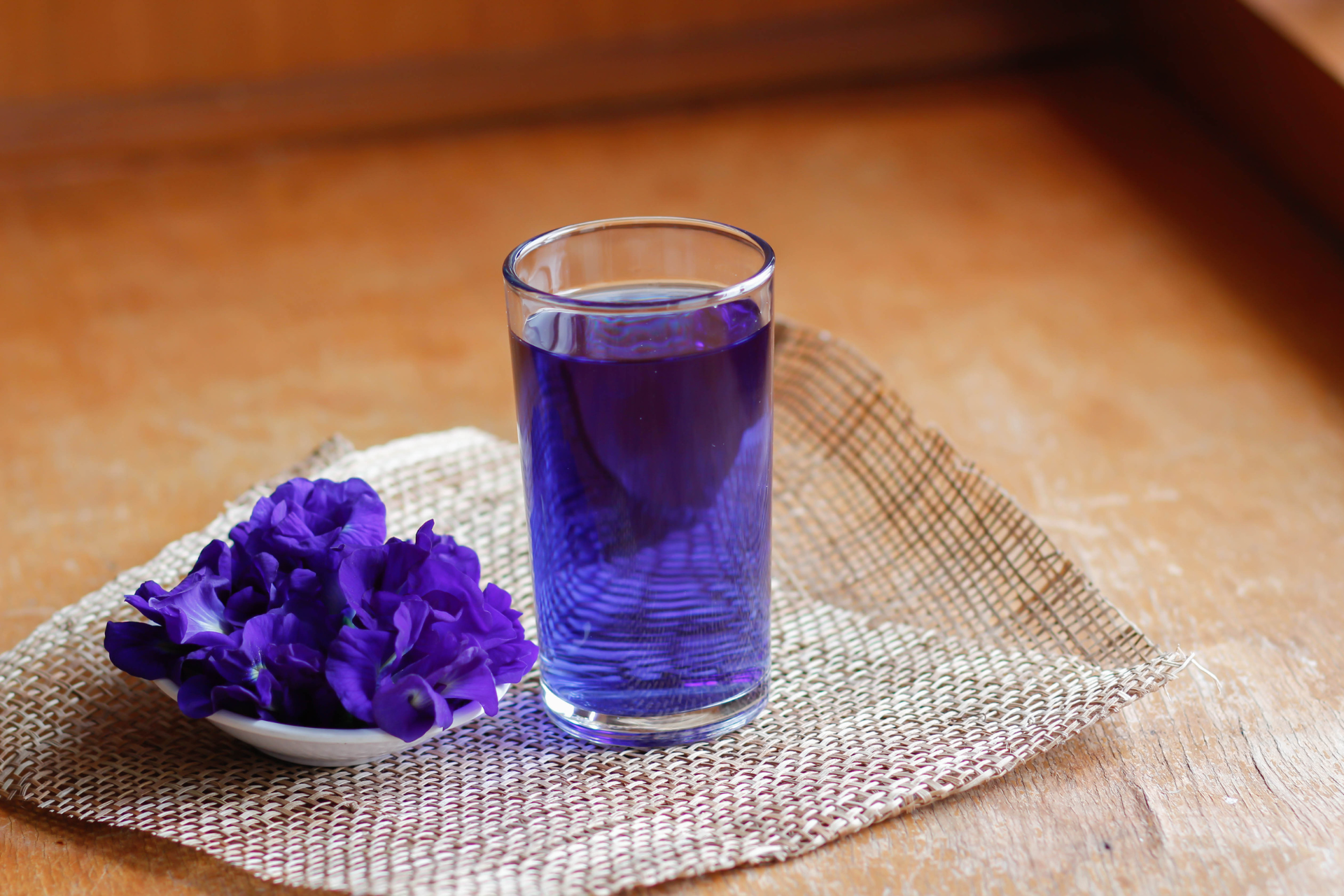
Final Thought on Health Benefits of Butterfly Pea Flower
Health benefits of butterfly pea flower extend well beyond its visual appeal and vibrant color. From its antioxidant and anti-inflammatory powers to its potential for supporting brain health, regulating blood sugar, and enhancing beauty from within, this versatile flower has earned its place in both traditional healing and modern wellness trends.
As more research continues to validate its properties, the butterfly pea flower stands out as more than just a pretty botanical, it’s a functional food with real health impact.
If you’re looking to improve your daily health naturally, consider adding butterfly pea flower to your regimen. Whether you sip it as tea, blend it into smoothies, or apply it to your skin and hair, the potential health benefits of butterfly pea flower are too good to ignore.
FAQs
Can butterfly pea flower be consumed daily?
Yes, butterfly pea flower is generally safe for daily consumption in moderate amounts, such as 1-2 cups of tea per day or equivalent supplements.
Does butterfly pea flower have any side effects?
It’s well-tolerated by most people, but those who are pregnant, breastfeeding, or on medication should consult a healthcare provider first.
Is butterfly pea flower safe for children?
In small quantities like tea, it is considered safe for children, but dosage should be reduced and monitored.
How does butterfly pea flower taste?
It has a mild, earthy flavor with a slightly woody aftertaste. Many people add lemon or honey to enhance its taste.
Can I use butterfly pea flower in cooking?
Absolutely. It can be used to color rice, noodles, desserts, and drinks, adding both visual appeal and nutritional benefits.

